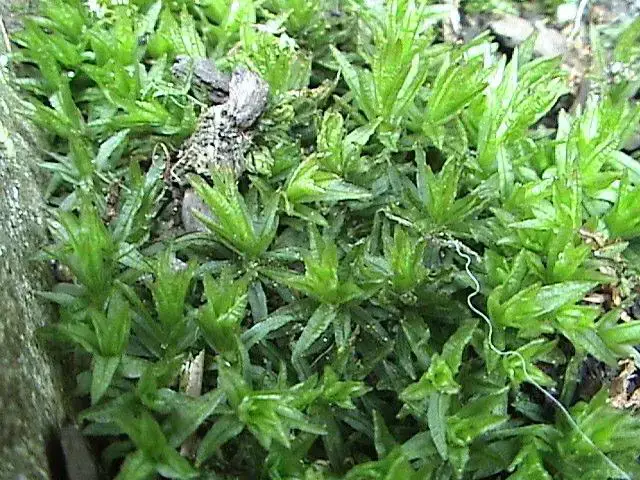
atrichum-undulatum-t00258-43.jpg from: http://azoresbioportal.uac.pt/es/especies-de-las-azores/atrichum-undulatum-11832/
Exploring the Fascinating World of Atrichum P.Beauv. Moss
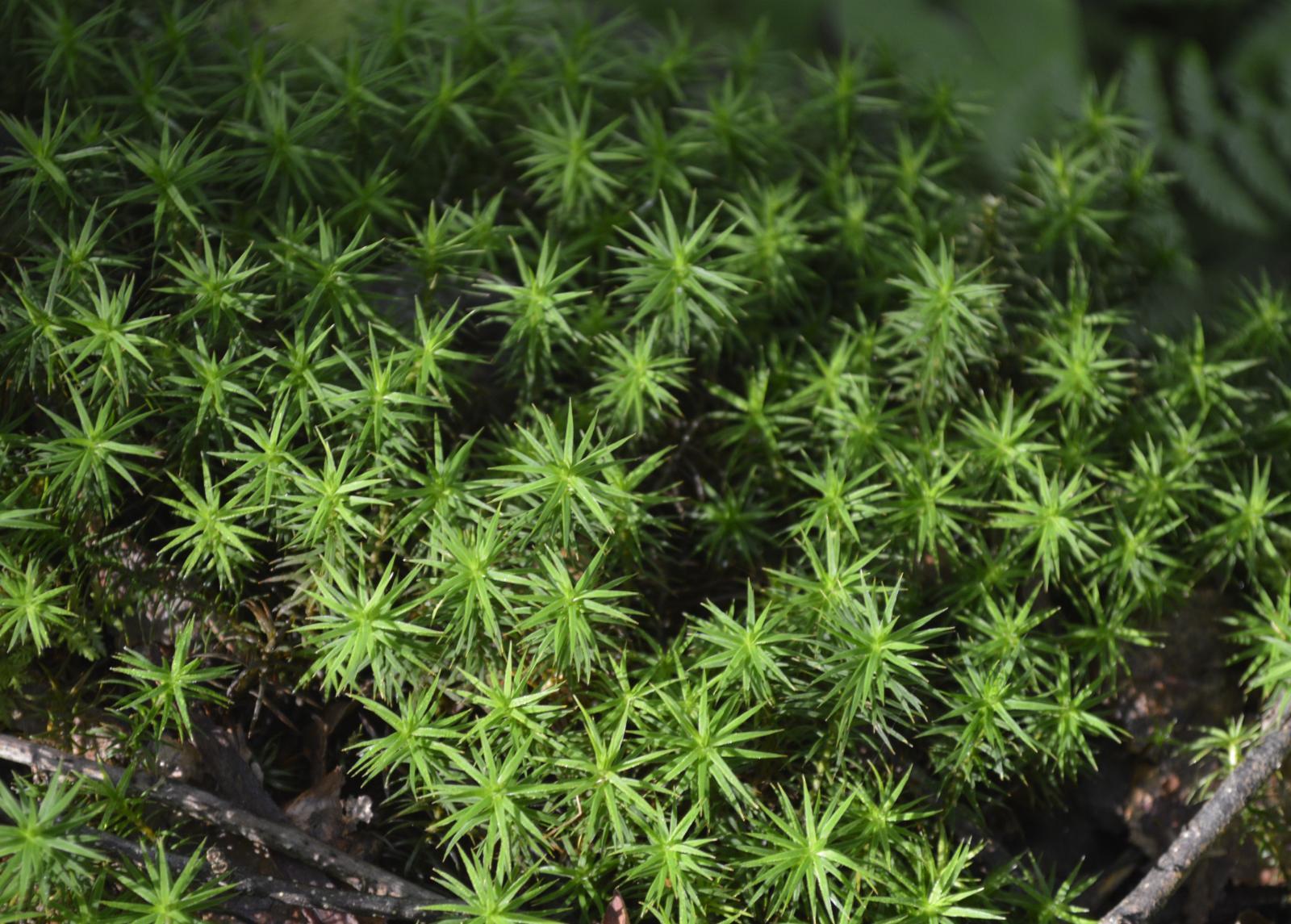
575344cd93-_dsc2828.jpg from: https://biodiversidade.eu/especie/atrichum-undulatum/?lang=gl
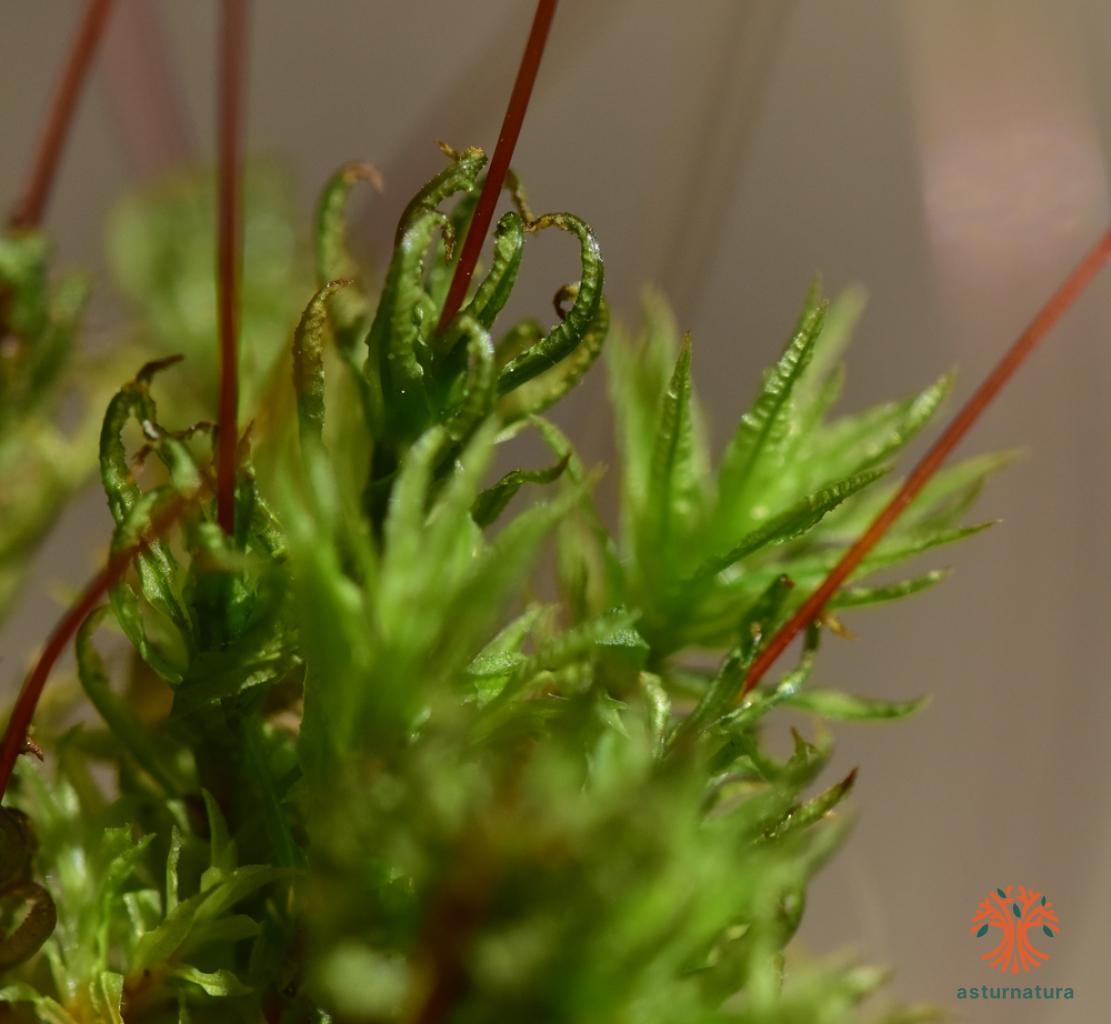
8047ca1ccb80f01bccd1c5c975bd7b04.jpg from: https://www.asturnatura.com/especie/atrichum-undulatum.html
Introduction
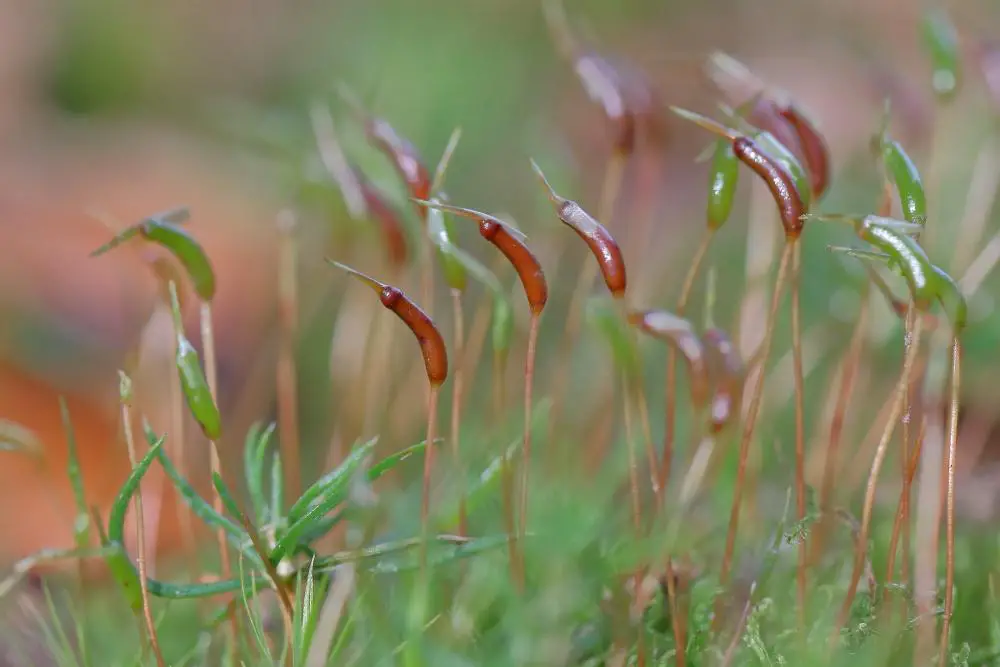
43298909.jpg from: https://observation.org/photos/43298909/
Mosses are small but mighty plants that play important roles in ecosystems around the world. One particularly interesting genus of moss is
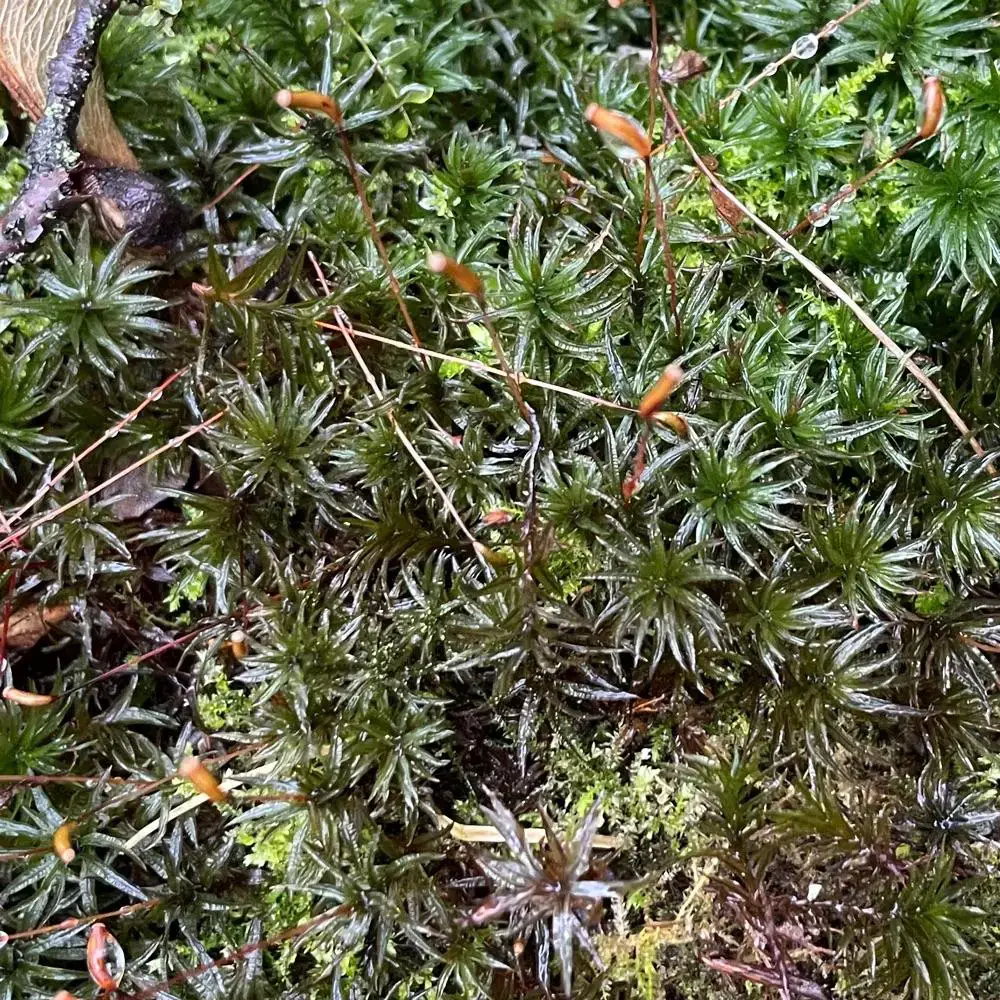
62702960.jpg from: https://observation.org/photos/62702960/
Atrichum P.Beauv., commonly known as Atrichum moss. This blog post will dive into the details of this captivating plant, from its unique morphology to its global distribution and ecological significance.
Background on Atrichum Moss
Atrichum P.Beauv. is a genus of mosses in the family Polytrichaceae, which is part of the class Polytrichopsida in the division Bryophyta (mosses). There are around 20 species of Atrichum found worldwide. These mosses get their name from the Greek words “a-” meaning without and “trichos” meaning hair, referring to the hairless calyptra (cap) that covers the capsules.
Morphology and Identification
Atrichum mosses have distinct morphological features:
- Leaves: The leaves are lanceolate (lance-shaped) to ovate-lanceolate and have toothed margins. They often have a wavy or undulate appearance.
- Costa: A strong costa (midrib) extends to the leaf tip.
- Lamellae: The upper surface of the leaves have longitudinal ridges of photosynthetic tissue called lamellae.
- Capsules: Capsules are cylindrical and borne on long setae (stalks). The calyptra is hairless.
Atrichum species can often be identified by their undulate leaves with toothed margins and strong costa with lamellae. However, microscopic examination of leaf cross-sections is usually needed for definitive identification to species.
Global Distribution and Habitat
Atrichum mosses have a cosmopolitan distribution, meaning they are found on every continent except Antarctica. They typically grow on

Atrichum_undulatum0M.jpg from: https://azoresbioportal.uac.pt/pt/especies-dos-acores/atrichum-undulatum-11832/
soil, humus, or rotten logs in forests and other shaded habitats. Some species have more specific habitat preferences:
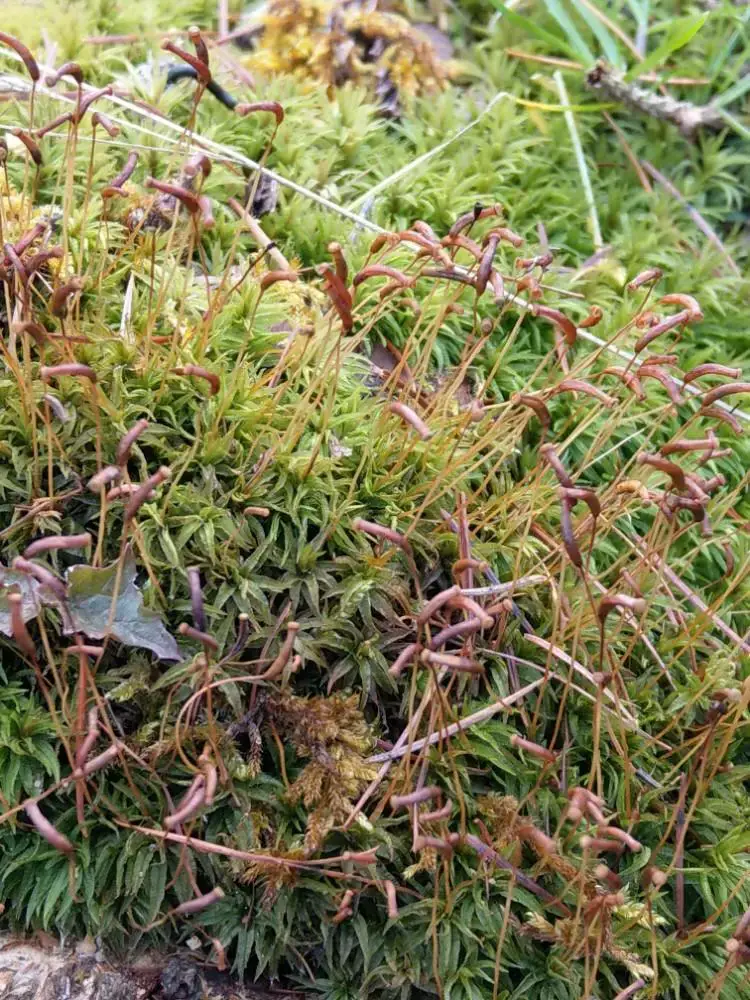
46596286.jpg from: https://observation.org/photos/46596286/
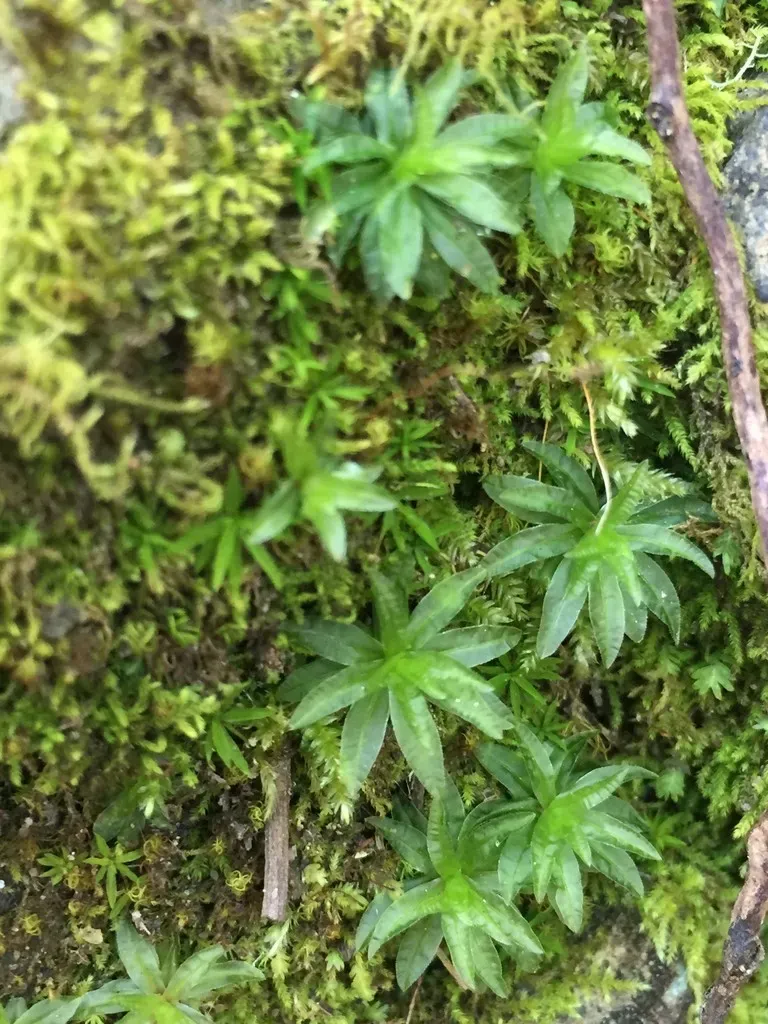
154050534100172817.jpeg from: https://www.picturethisai.com/wiki/Atrichum_selwynii.html
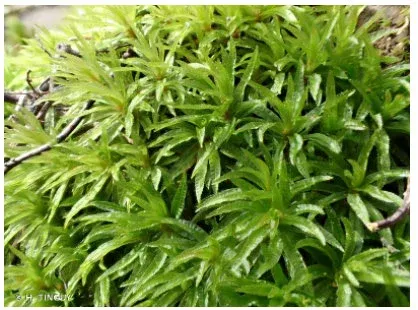
il_fullxfull.2652284493_kfxu.jpg from: https://www.thebryophytanursery.com/listing/890532175/terrarium-moss-atrichum-undulatum-with
| Species | Distribution | Habitat |
|---|---|---|
| A. altecristatum | Eastern North America | Shaded, sandy soils |
| A. angustatum | North and Central America, Caribbean, Europe, Asia | Shaded, acidic soils |
| A. crispulum | Western North America | Damp, shaded sites |
| A. undulatum | North and South America, Europe, Asia, Africa | Wide variety of shaded habitats |
Ecological Roles and Adaptations
Like other mosses, Atrichum plays several important ecological roles:
- Nutrient cycling: Mosses absorb nutrients from rainwater and release them slowly back into the ecosystem.
- Erosion control: Moss carpets stabilize soil and prevent erosion.
- Water retention: Mosses act as sponges, absorbing and retaining water and regulating humidity.

atrichum-01-bj.jpg from: https://wcbotanicalclub.org/atrichum-01-bj/
- Habitat for micro-organisms: Mosses provide shelter and food for a diversity of tiny invertebrates and micro-organisms.
Atrichum mosses have several adaptations that allow them to thrive in shaded habitats:
- Lamellae: The lamellae on the leaves increase the surface area for photosynthesis, allowing the moss to photosynthesize efficiently in low light.
- Leaf orientation: The leaves are often angled or twisted to efficiently capture light filtering through the forest canopy.
- Desiccation tolerance: Atrichum mosses can survive periods of drying out and rehydrate quickly when moisture is available again.
Conclusion
From its distinctive wavy leaves to its important ecological roles, Atrichum moss is a fascinating genus that deserves appreciation. Next time you’re walking through the woods, take a closer look – you might just spot a carpet of Atrichum on a rotting log or shaded hillside! What other mighty mosses have you noticed in your local ecosystem?